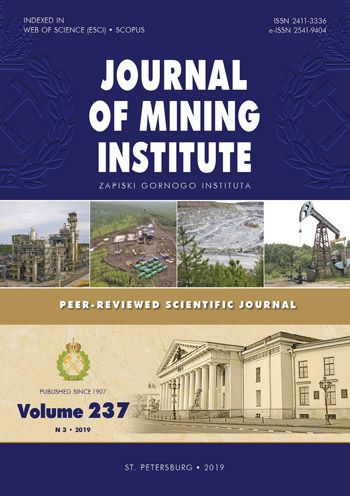Non-linear electrical load location identification
- 1 — Ph.D., Dr.Sci. professor AGH Scientific and Technical University
- 2 — Ph.D., Dr.Sci. professor Saint-Petersburg Mining University
- 3 — Ph.D. Assistant Professor Saint-Petersburg Mining University
Abstract
The article discusses the issues of identifying the location of non-linear loads in electrical networks which makes the main contribution to the distortion of the non-sinusoidal voltage and current in the distribution network of an industrial enterprise, including mining enterprises. The existing methods for determining the location of the source of higher harmonic components in voltage and current are considered, their advantages and disadvantages are revealed. The main disadvantages of the methods used include the low accuracy and incorrectness of their use in existing enterprises. When developing a new method, the authors were faced with the task of simplicity of its use in the conditions of industrial operation of electrical equipment and the absolute correctness of the results obtained. The proposed method of identifying the source of higher harmonics is based on the variation of the parameters of the power system, in particular, the change in resistance of power transformers taking into account their transformation ratio. It is shown that by varying the transformation ratio during regulation under load, the total coefficient of the harmonic components of the voltage changes. Based on the constructed dependencies, the variation of the derivative of this function with different variations of the parameters of sources of higher harmonics is analyzed and a method is developed that allows determining the share contribution of consumers to the total harmonic component of the voltage.
